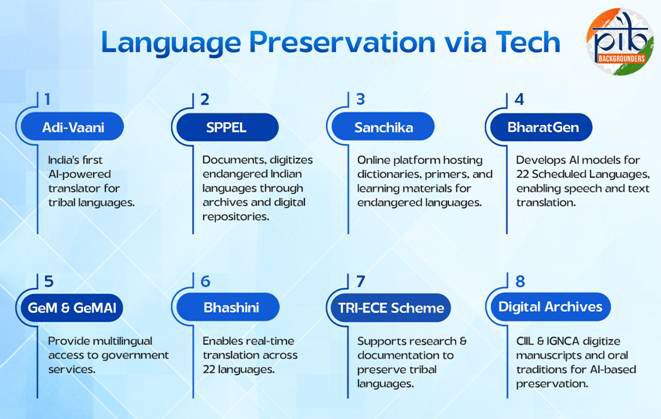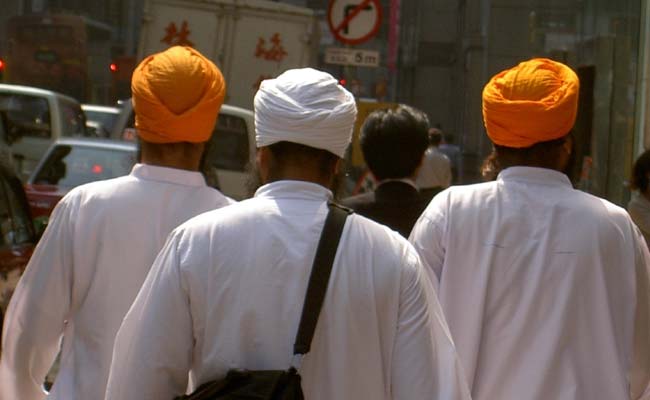India’s Linguistic Heritage Goes Digital with AI: Bhashini, BharatGen, and Adi-Vaani Lead Inclusive Language Revolution

New Delhi | October 25, 2025 India is undergoing a digital linguistic transformation, driven by artificial intelligence and technology that aim to unite its diverse languages under one digital umbrella. Through initiatives like Bhashini, BharatGen, and Adi-Vaani, the government is digitizing all 22 Scheduled Languages and multiple tribal and regional dialects, ensuring that technology and governance become inclusive and accessible to all citizens. The effort, guided by Prime Minister Narendra Modi’s belief that “language is the soul of civilization,” integrates AI into governance, education, and communication, bringing multilingual access to every Indian. Over the last decade, advancements in natural language processing (NLP), speech recognition, and machine learning have made it possible to translate, transcribe, and preserve India’s linguistic wealth at scale. Bhashini, launched under the National Language Translation Mission, provides real-time translation and voice support in all major Indian and tribal languages. It has been instrumental in bridging language barriers in digital services and parliamentary access through projects like Sansad Bhashini. BharatGen complements this by building sophisticated text and speech AI models trained using data from the Scheme for Protection and Preservation of Endangered Languages (SPPEL) and CIIL’s Sanchika digital library. Together, these tools enhance inclusivity in governance, education, and healthcare. India’s linguistic diversity also includes hundreds of endangered tribal tongues. To protect them, the Adi-Vaani platform, launched in 2024, employs AI-powered translation to preserve and promote languages such as Gondi, Bhili, Santali, and Mundari. It captures oral traditions and makes tribal languages usable in education and administration. Similarly, the SPPEL scheme, started in 2013, documents languages spoken by fewer than 10,000 people, while Sanchika digitizes their stories, dictionaries, and cultural materials — resources now fueling AI training datasets. The Ministry of Tribal Affairs’ TRI-ECE initiative supports translating official content into tribal languages with AI tools that prioritize cultural accuracy. Education too has been revolutionized through AI. Platforms like e-KUMBH and Anuvadini are translating academic material into multiple Indian languages, fulfilling the National Education Policy 2020’s vision of learning in the mother tongue. Digital portals like SWAYAM are ensuring quality education in local languages for millions of learners. This technological progress is powered by advanced AI tools, including automatic speech recognition, text-to-speech, and neural machine translation, supported by models like IndicBERT and mBART. These innovations enable seamless, context-aware translations across Indian languages. Through Bhashini, BharatGen, Adi-Vaani, and complementary programs, India is not just preserving its linguistic heritage — it’s reimagining it for the digital age. By merging artificial intelligence with cultural preservation, India is building a future where every voice, in every language, finds a place online — ensuring technology speaks in the words of its people. India’s AI Revolution Speaks Every Language India is giving its 22 languages a digital voice through AI platforms like Bhashini, BharatGen, and Adi-Vaani. These initiatives bridge linguistic gaps, ensuring access to governance, education, and information in native languages. From preserving endangered tribal dialects to enabling real-time translation in healthcare and administration, AI is redefining inclusivity. Bhashini connects citizens to digital services, BharatGen builds translation models, and Adi-Vaani safeguards tribal languages. Together, they represent India’s vision of a multilingual, tech-powered future where every voice is heard, every culture preserved, and every citizen empowered through language and innovation.




